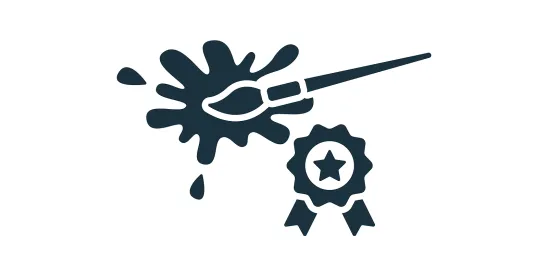On July 31, the US Patent and Trademark Office (USPTO) issued a new memorandum announcing that it will begin enforcing 37 C.F.R. § 42.104(b)(4) that requires petitioners in inter partes review (IPR) proceeding to “specify where each element of the claim is found in the prior art patents or printed publications relied upon.”
The memorandum makes clear that applicant admitted prior art (AAPA), expert testimony, common sense, and other general knowledge evidence can no longer be used to supply a missing claim limitation. Going forward, IPR petitioners should map every claim limitation to express disclosures in prior art references and only use general knowledge to support a motivation to combine or to demonstrate the knowledge of a person having ordinary skill in the art.
This memorandum supersedes the Federal Circuit decision in Shockwave Medical, Inc. v. Cardiovascular Systems, Inc. from just a few weeks earlier, where the court determined that while AAPA cannot serve as the “basis” of a ground in an IPR petition, it can be used as evidence of background knowledge of an ordinarily skill artisan, which can be used to fill in a missing claim limitation. The memorandum points to congressional authority under 35 US Code § 312(a)(4) to effectuate this change, and deviates from prior administrations that applied 37 C.F.R. § 42.104(b)(4) consistent with Federal Circuit case law.
When Will the Change Be Implemented?
The USPTO will begin enforcement of the requirement under 37 C.F.R. § 42.104(b)(4) effective September 1. Beginning in September, petitioners will no longer be able to utilize AAPA or general knowledge to supply missing claim limitations. Instead, petitioners must specify claim elements in the prior art relied upon in the petition.
Can General Knowledge Still Be Used?
The USPTO’s July 31 memorandum indicates that “[g]eneral knowledge may still be used in an IPR to support a motivation to combine or to demonstrate the knowledge of a person having ordinary skill in the art.” Thus, petitioners can still apply AAPA, expert testimony, common sense, and other evidence for use in motivational and ordinary skill arguments in the petition.
In the memorandum, the USPTO also acknowledged the Federal Circuit’s conflicting decision in Shockwave but concluded for public policy reasons that enforcement and non-waiver of 37 C.F.R. § 42.104(b)(4) is “the best course of action to provide certainty to the parties, the Board, and the public, and to allow for the efficient administration of the Office.” Relying on 35 U.S.C. § 316(b), the USPTO reasoned that the Director has broad authority to ensure the “integrity of the patent system.”
Practical Considerations
The USPTO’s memorandum has significant implications for both petitioners and patent owners alike. Petitioners will want to rely on the express disclosures in the prior art patents or printed publications to teach each and every claim limitation of the challenged patent, instead of using AAPA, expert testimony, common sense, or other evidence to supply a missing claim limitation. Conversely, patent owners may want to carefully scrutinize petitions for reliance on general knowledge beyond motivation to combine and the knowledge of a person of ordinary skill in the art (POSITA).



 />i
/>i
